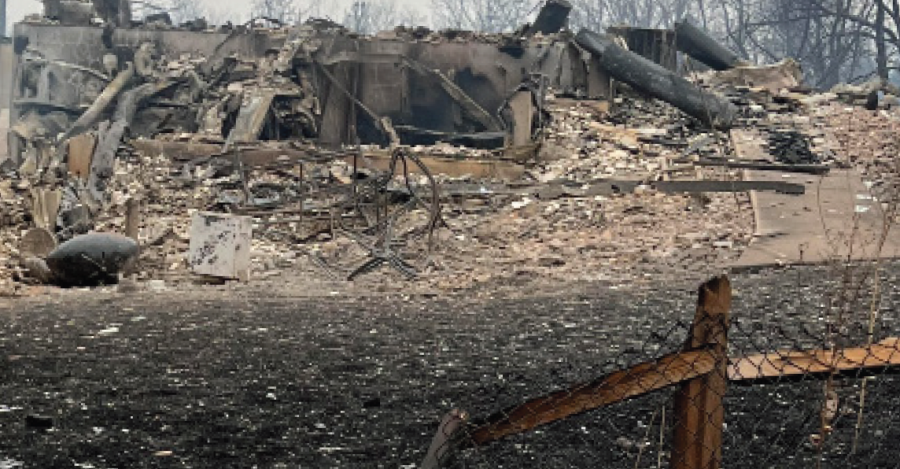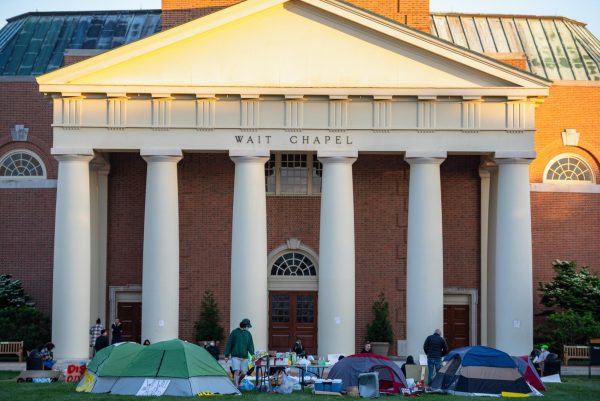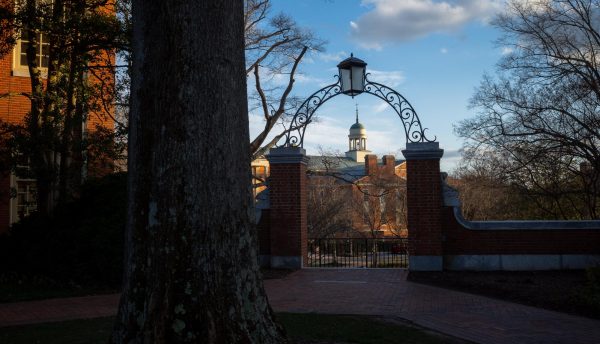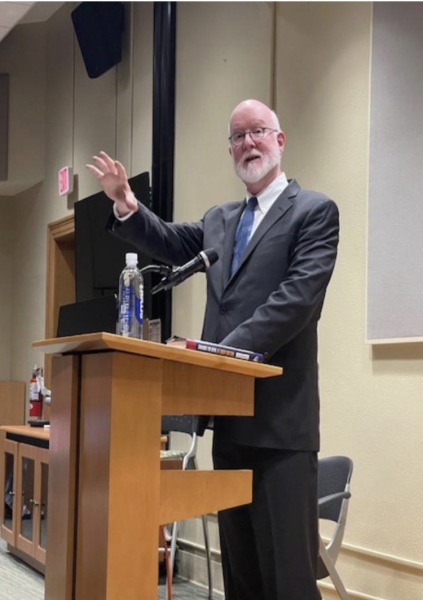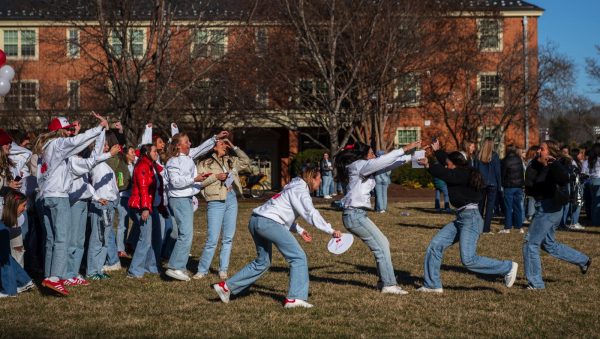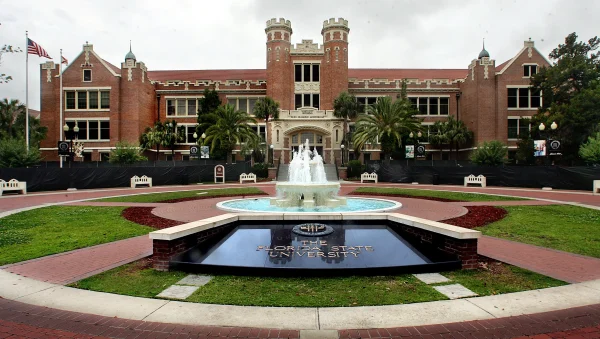Colorado fire unveils infrastructural weaknesses
The Marshall Fire wreaked havoc in Boulder County, emphasizing a lack of preparedness
The Marshall Fire has devastated Superior, CO and surrounding communities, exposing greater issues that must be addressed.
March 16, 2022
The evening of Dec. 30, I sat upon a hill outside Superior, C.O. Perched atop this hill, I watched as a vicious wildfire— which would come to be known as the Marshall Fire tore through our community. While forest fires are fairly common in Colorado, so-called “urban firestorms” are somewhat rare. No one predicted that a grassland fire would be able to destroy over 1,000 homes that day, or that it would cause over a billion dollars worth of damage.
The Marshall Fire began at around 11:10 a.m. in Boulder County, near Colorado Route 93 and Eldorado Springs Drive. Investigators have yet to settle on a definitive cause of the fire. Many suggest that the fire was caused by a religious cult called the Twelve Tribes. Neighbors adjacent to the Twelve Tribes’ property on Eldorado Springs Drive had called the fire department to investigate the tribesmen a week before the Marshall Fire began. Others blamed the wildfire on an underground coaling station that had caught fire in 2005.
Regardless of the source, the spread of the fire was exacerbated by irregular environmental conditions along the Front Range. An unusual amount of rain came down on the state in 2021. With greater precipitation and higher snowpack, grass grew longer and faster. Even in 2020, Colorado experienced a record year of wildfires, more than 500 million acres of land were burned. Over the course of a few months, we experienced some of the most destructive wildfires in state history. Even during periods of drought, all of these fires have spread through high wind speeds. The Marshall Fire was able to jump bridges, box stores and highways, spreading across city lines due to 80-100 m.p.h. wind speeds along the Foothills.
There is only so much that can be done to prepare for wildfires. Wildfires can be unpredictable beasts — which makes taming them particularly difficult for first responders. What is more concerning is that urban or suburban firestorms are becoming increasingly common across the United States — particularly in states like California and Colorado. One of the reasons that the Marshall Fire was so deadly is that our crowded suburbia never expected our cities to be the site of a catastrophic fire. Marshall served as a wake-up call for the quiet tract-home neighborhoods that make up the Foothills and metropolitan areas of Colorado.
To prevent future urban firestorms, we must place a heavier focus on preparedness and mitigation. Practical measures can be taken to fortify homes, apartments and businesses. Sources of ignition — vegetation and fencing, among other things — can be removed or replaced with safer alternatives. Fire or fuel breaks can be installed outside buildings. Most insurers in the area will already require the installation of asphalt or metal roofing, higher quality vents and buffers between certain residences.
Temperatures are bound to increase for at least the next 20 or 30 years, making grass fires increasingly likely. The small costs associated with renovation will be wise investments.
However, there are also larger questions that legislatures must address. Colorado has experienced a considerable increase in its population over the last ten years. As a result, there has been less space between houses and apartments.
Smaller, “multi-use” buildings have become increasingly popular in the state amid higher housing costs. While the popularity of these housing models is understandable, higher-density housing will pose a risk to the safety of communities like Superior if not properly managed. City planners framing fire-safety strategies must walk a fine line in balancing the needs of the housing market and public safety. Houses built too close together risk simultaneous destruction. Houses built farther apart but closer to native vegetation also risk being burned down. To combat the urban firestorm, legislatures — both at the local and federal level — should concern themselves with long-term mitigation strategies. Above all, we must recognize that the climate is changing which makes suburban tragedies like the Marshall Fire more likely.


